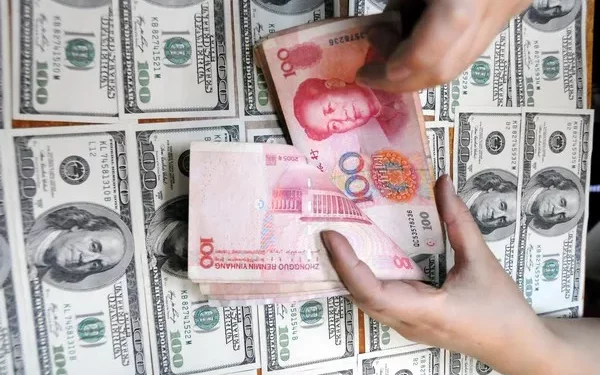News agency indicated that tackling inflation is top of their mind right now, after raising the deposit rate a tenth consecutive time last week, to 4%.
Discussions center around three topics. First, the amount of reserves banks must park unremunerated at the ECB. People close to the matter suggest several policy makers want to raise the minimum reserve ratio from 1% currently to 3% or 4%. That would take away €330bn-495bn from the current €3.7tn excess liquidity. Second, the ECB is looking into a faster reduction of its €4.8tn bond portfolio (APP + PEPP). Options include active sales from the APP or ending PEPP reinvestments before the current shelf date (“at least until end 2024”).
Finally, the ECB is looking into switching back from to a corridor-system from the current floor-based system. That requires significantly shrinking excess liquidity and doesn’t seem to be something which can be implemented in the near term. The Reuters article suggests that policy makers are split between bundling decisions altogether (takes time) or using a step-by-step approach In which raising the minimum reserve ratio could be enforced as soon as October, with a decision on APP/PEPP coming in December at the very earliest, but more likely only in March of next year.
Chinese holdings of US Treasuries fell by $13.6bn in July to $776bn, the lowest level since mid-2009. Treasury holdings ranged between roughly $1tn and $1.3tn between mid-2010 and early 2022. This year, China did rotate into higher yielding US agency debt. Holdings of Japan, the biggest foreign owner of US Treasuries, increased by $6.9bn to $1.1tn (down from $1.325tn record end 2021). The UK’s holdings, number 3, fell by $9.9bn to $662.4bn. That remains near the highest level on record for the country.


























